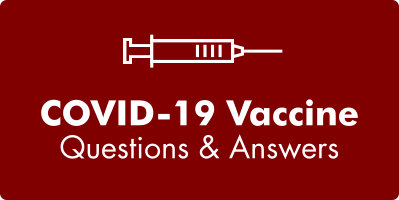If you are sick with COVID-19 or think you might have it, please follow the steps below to help protect other people in your home and community while you are waiting for your results.
After you get tested
- Stay home and away from others. Even if you do not have symptoms, it is best to stay home, but if you have to leave, wear a mask and stay 6 feet from others.
- Start making a plan for what you will do if you have a positive test because you will need to stay home for at least 10 days.
- While you wait for your test result, think about everyone you have been around recently. This will be important information to give health workers, if your test is positive.
- Monitor your symptoms. If they get worse, contact your health care provider. Tell them you were tested for COVID-19.
If your test is positive
This means you currently have COVID-19.
You will also be contacted by a contact tracer from Solano Public Health. Be prepared to share any possible close contacts you have had in the last two weeks. All of their work is confidential and helps efforts to contain the transmission of COVID-19 in our community.
Please follow these isolation guidelines for 10 days after your symptoms started and 24 hours after fever is reduced without taking fever-reducing medications (or 10 days after testing if no symptoms) to protect other people in your home and in your community:
- Stay home except to get medical care. Do not visit public areas. Take care of yourself. Get rest and stay hydrated. Avoid public transportation, ride-sharing or taxis.
- Separate yourself as much as possible. Stay in a specific room and away from people at home and use a separate bathroom. If you can't, clean the bathroom's high-touch surfaces after each use. If you need to be around other people in the home, wear a cloth face covering your nose and mouth.
- Use your own plate, bowl and utensils. Do not share food or any of these items with anyone.
- Cover sneezes, avoid sharing personal items and disinfect high-touch surfaces every day.
- Clean your hands often. Wash hands with soap and water for at least 20 seconds. If soap and water are not available, use an alcohol-based hand sanitizer that contains at least 60 percent alcohol. Do not touch your face with unwashed hands.
If your test is negative
- This means you do not currently have COVID-19.
- Symptoms may appear two to 14 days after exposure to the virus and can include fever or chills; cough, shortness of breath or difficulty breathing; fatigue; muscle or body aches; headache; new loss of taste or smell; sore throat; congestion or runny nose; nausea, vomiting or diarrhea. If your symptoms get worse, talk to your doctor or an other health care provider about getting tested again.
- If you have had a known, close contact with someone who has COVID-19 (you have been less than 6 feet with someone with COVID-19 for more than 15 minutes, with one or both individuals not wearing a cloth face covering), monitor yourself for symptoms for 14 days since the last date of exposure. Make sure you practice 6-feet social distancing from anyone at home or in the workplace and when out in public settings.
When can I safely end home isolation?
If you have confirmed or suspected COVID-19 and have symptoms, you can stop your home isolation when:
- You’ve been fever-free for at least 24 hours without the use of fever-reducing medication; and
- Your symptoms have gotten better; and
- At least 10 days have gone by since your symptoms first appeared.
If you tested positive for COVID-19, but have not had any symptoms, you can stop your home isolation when:
- At least 10 days have gone by since the date of your first positive COVID-19 test; and
- You have not gotten sick with COVID-19.
Solano Public Health and the CDC do not recommend retesting to discontinue isolation. In many situations, remnants of the virus remain in the body for up to 90 days, and can cause a positive test result. See above for the symptom-based recommendations.

